OnePlus, with nearly a decade of experience in the smartphone industry, is now venturing into the tablet market. They took their first step with the release of a high-end tablet called the OnePlus Pad earlier this year. Now, they are targeting budget-conscious users with the OnePlus Pad Go, available starting at INR 19,999.
The OnePlus Pad Go shares many similarities with its premium counterpart, including its materials, design, and software. We have been using the OnePlus Pad Go for over two weeks. So, how does the OnePlus Pad Go stack up against the competition? Let’s find out in our comprehensive review.

Design

In the design department, OnePlus is not cutting any corners and is actually going head-on with the competition. Visually, the OnePlus Pad Go bears a striking resemblance to the OnePlus Pad. The tablet is slim and uses premium materials in its construction, including an aluminum frame with a plastic strip running on the back, which is primarily used as an antenna for WiFi and LTE.
Starting from the back, the rear camera lens is noticeably prominent and placed in the center. OnePlus says that the centered placement of the camera aids in capturing photos while keeping your fingers away from the lens. As for the button placement, the power button sits on the top edge, while the volume controls are placed on the opposite side. The tablet also has quad speakers, which are placed in pairs for stereo output.
Like the much more expensive OnePlus Pad model, the OnePlus Pad Go also lacks a fingerprint scanner and instead relies on a face unlock system for security. The Pad Go also lacks Pogo connectors and a magnetic strip for the stylus.
The display is framed by uniform bezels, and the centrally positioned camera lens, in landscape mode, enhances its usability for video calls, similar to the iPad.
Display

The OnePlus Pad Go features an 11.35-inch LCD display with a resolution of 2400 x 1720 pixels, resulting in a pixel density of 260ppi and an unconventional 7:5 aspect ratio. The resolution and aspect ratio of the Pad Go differs from the competition, and OnePlus’s decision to use a high-quality LCD panel proves advantageous.
The refresh rate on the OnePlus Pad Go’s panel is limited to only 90Hz, which is lower compared to similarly priced tablets like the Xiaomi Pad 5. However, this faster refresh rate contributes to a smooth experience when navigating the system.
The OnePlus Pad Go excels in providing excellent detail and satisfactory brightness. It has a maximum brightness of 400 nits, which is adequate for indoor settings. However, the brightness may feel insufficient when used in bright outdoor environments. On a positive note, the Pad Go supports basic HDR formats, enhancing the overall content consumption experience.
Software

In terms of software, the OnePlus Pad Go runs on Android 13, with OxygenOS 13.2 on top. The software on this device has been specifically optimized for tablets, resulting in a slightly different user experience compared to OnePlus smartphones. Despite these adjustments, OnePlus assures users that the tablet still offers significant features.
The OnePlus Pad Go offers standard multi-window functionality, allowing users to split their screen by swiping down with two fingers. Additionally, it provides the capability to minimize an app into a pop-up window that retains full functionality. The Pad Go also features an improved app dock, which was much needed. However, currently, we can only run two apps at a time. This limitation was addressed with the OnePlus Canvas on the OnePlus Open foldable, and we hope that the Pad Go will gain this feature in the near future. Speaking of updates, the OnePlus Pad Go is promised to receive two major software updates, which is a welcome move, as most budget Android tablets struggle to push even a single major OS update.
One noteworthy software feature is OnePlus’ “sync” function. This feature facilitates the immediate transfer of photos from your phone to the tablet, similar to Apple’s iCloud and Samsung’s synchronized Gallery. The sync feature goes even further, enabling data sharing across devices and the ability to seamlessly share one-time passwords without the need for manual transfer to the tablet.
Performance

The OnePlus Pad is powered by a MediaTek Helio G99 SoC, paired with 8GB RAM and a maximum internal storage of 256GB, which can be expanded up to 1TB using a microSD card.
We have witnessed the Helio G99 in action on other tablets, such as the Realme Pad 2 and the Redmi Pad. This chip is currently MediaTek’s best budget SoC. Although it may not be the most powerful option, it gets the job done.
Thanks to its high refresh rate display, the tablet is well-suited for gaming. Throughout our extensive two-week testing period, we thoroughly tested the tablet with popular titles such as Call of Duty Mobile, Asphalt, and PUBG. The majority of games ran smoothly on the OnePlus Pad Go, without any signs of slowdown, crashes, or stutters.
When it comes to audio performance, the OnePlus Pad Go impresses with its four speakers. Whether you’re watching videos or listening to podcasts, the sound quality is commendable. Even at maximum volume during intense viewing sessions like watching a movie, the audio remains crystal clear, without any distortion or interruptions.
Overall, the OnePlus Pad Go is a capable performer and flies through most day-to-day tasks with ease.
Camera & Battery

The OnePlus Pad Go features an 8MP camera on both the back and front. While the camera setup may not be particularly impressive and falls short compared to modern smartphones, it is adequate for capturing occasional snapshots.
The rear camera produces vibrant images with a consistent dynamic range. Additionally, the wide-angle front-facing camera is commendable as it allows for capturing group shots during Zoom calls, making the tablet useful in such scenarios.
Powering the OnePlus Pad Go is a sizable 8,000mAh battery, which the company claims can last up to 21 days in standby mode or deliver 12 hours of video playback. Since charging it upon arrival about a week ago, we have yet to recharge it, despite our relatively light usage involving tasks like checking emails, browsing the web, and occasional doodling in the evenings.
Verdict

The OnePlus Pad Go stands out from other Android tablets due to its distinctive style and offers exceptional performance and impressive battery life. Its gorgeous display and high-quality speakers make it a joy for content consumption, while the 7:5 aspect ratio enhances the web browsing and work experience.
However, there are a few areas where it falls short compared to the competition. For example, the Realme Pad 2 offers a much smoother 120Hz refresh rate and is also cheaper than the Pad Go. Additionally, the Xiaomi Pad 5 or Pad 6 are good alternatives as they feature faster processors and stylus support, although they do not have LTE support.
Overall, the OnePlus Pad Go is a good option for someone who is already invested in OnePlus products and wants that premium experience while trading off some features.
-
Design & Build
-
Display
-
Performance
-
Camera
-
Software
-
Battery
-
Price
Summary
Overall, the OnePlus Pad Go is a good option for someone who is already invested in OnePlus products and wants that premium experience while trading off some features.
Pros
- Good Quality Build
- Nice Display
- Good Battery Life
- Clean UI
Cons
- Average Camera
- Not for Gaming

















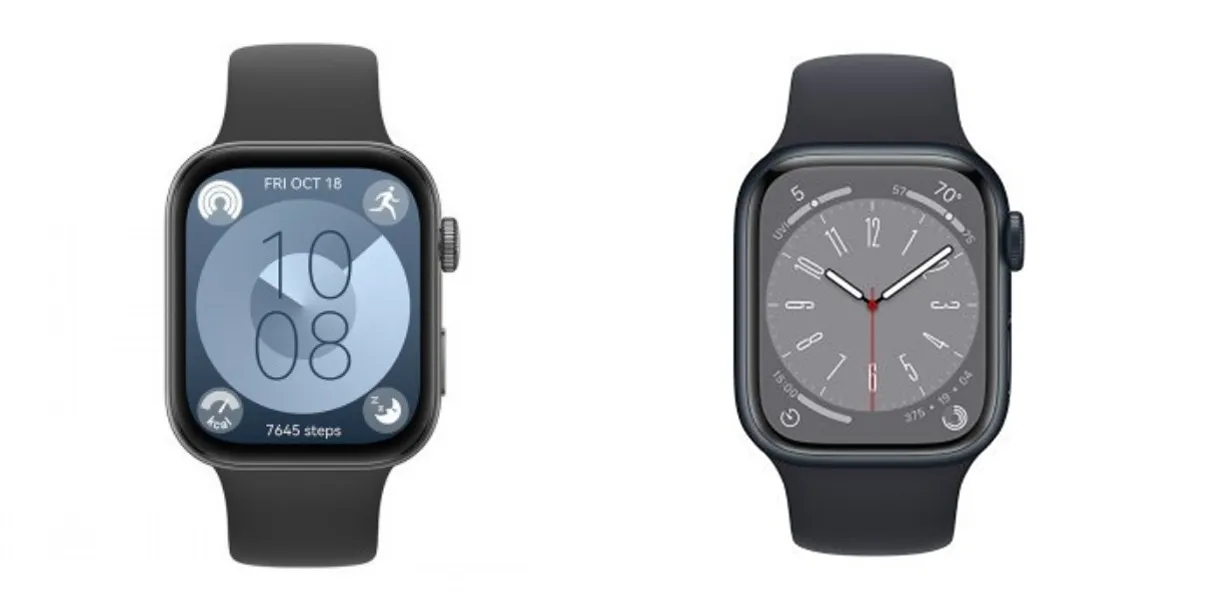
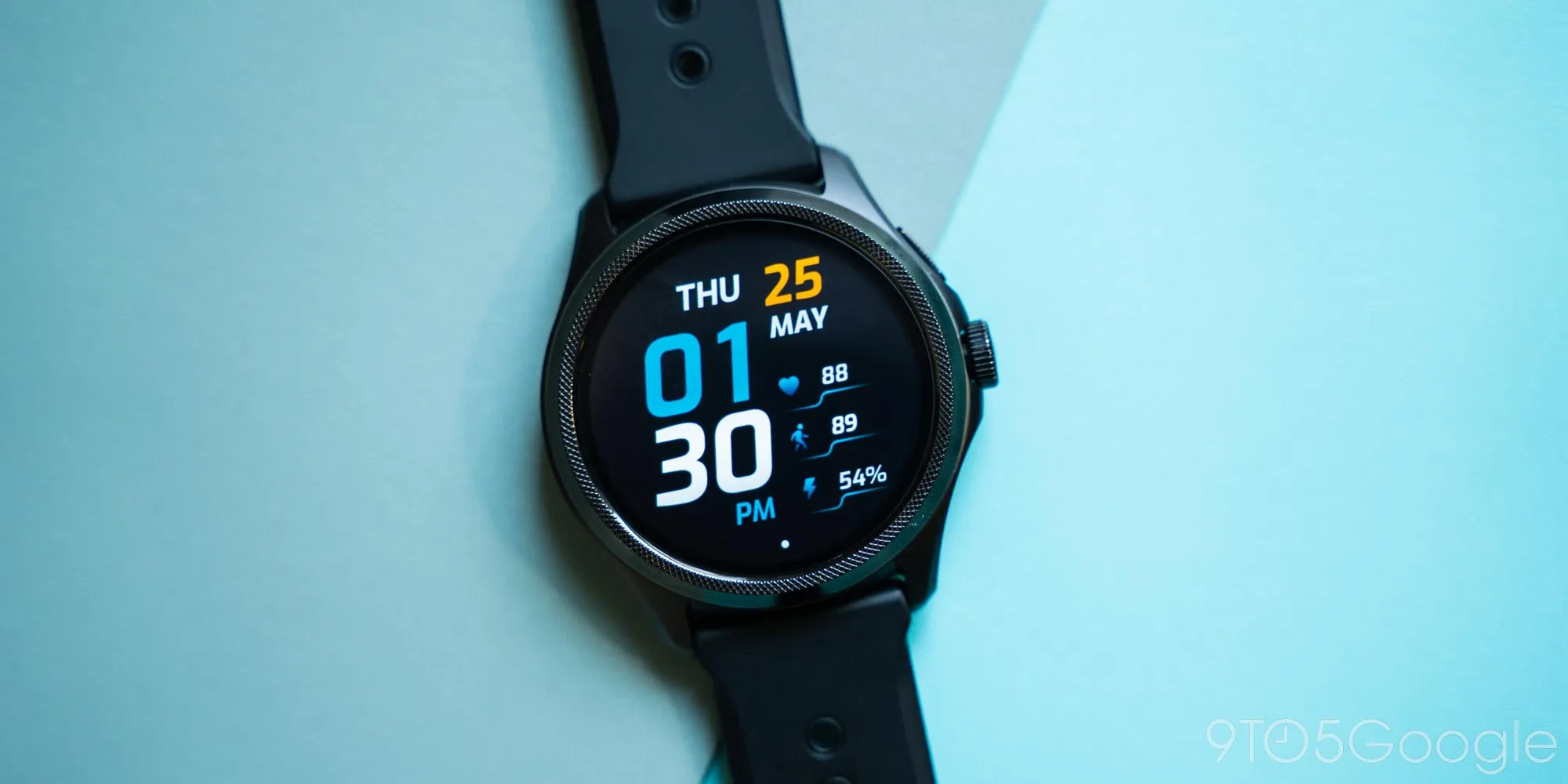

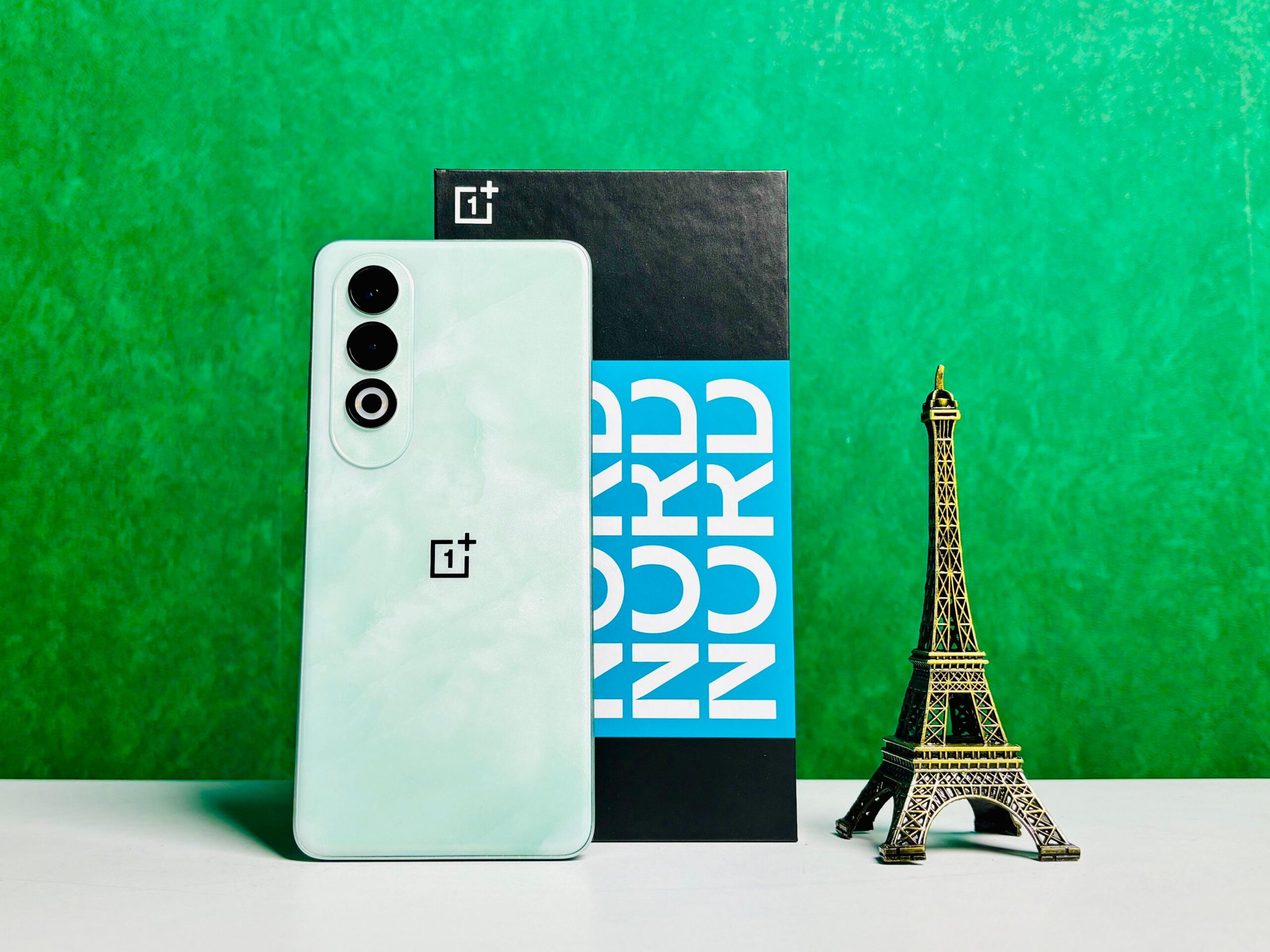

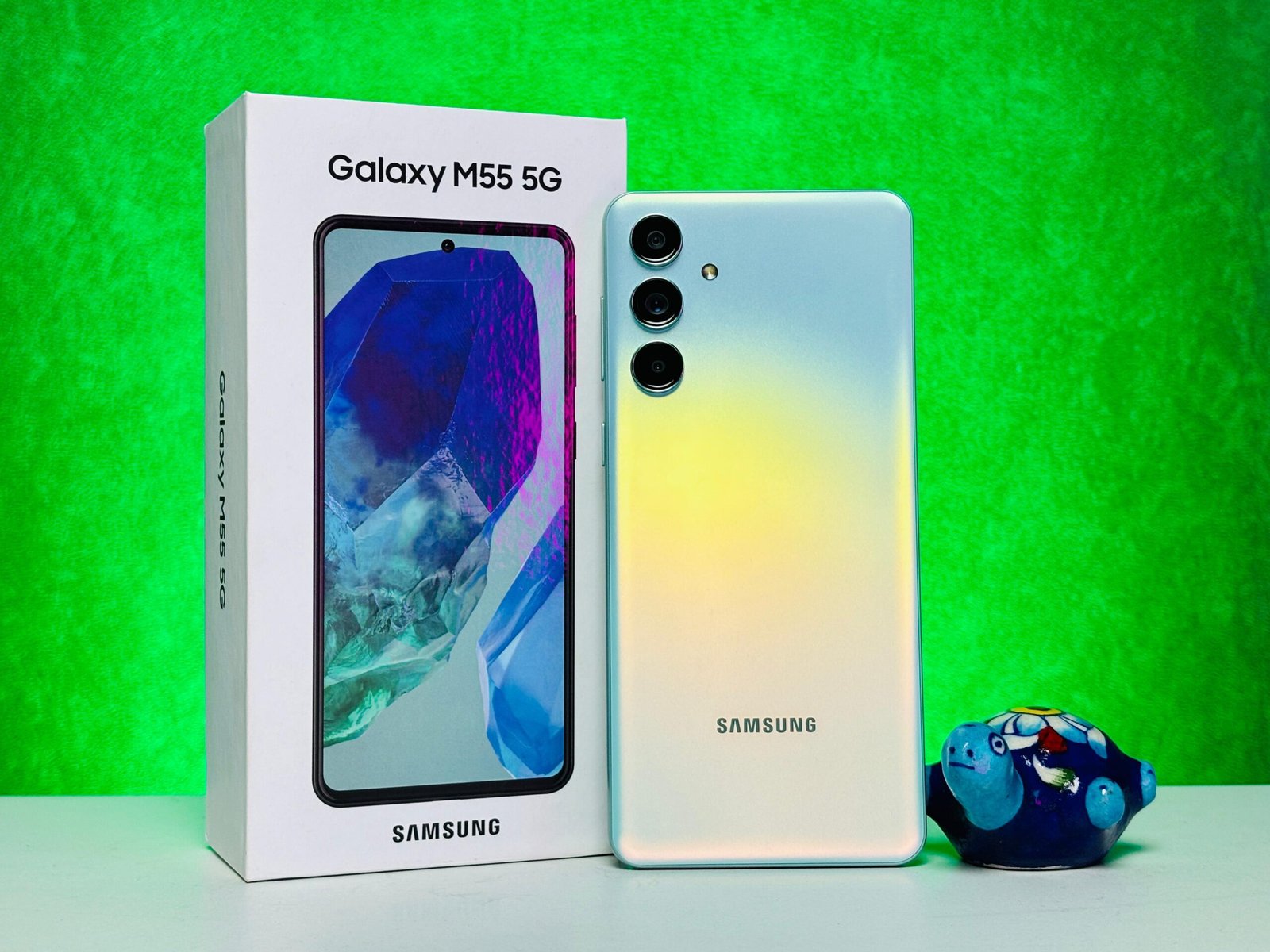
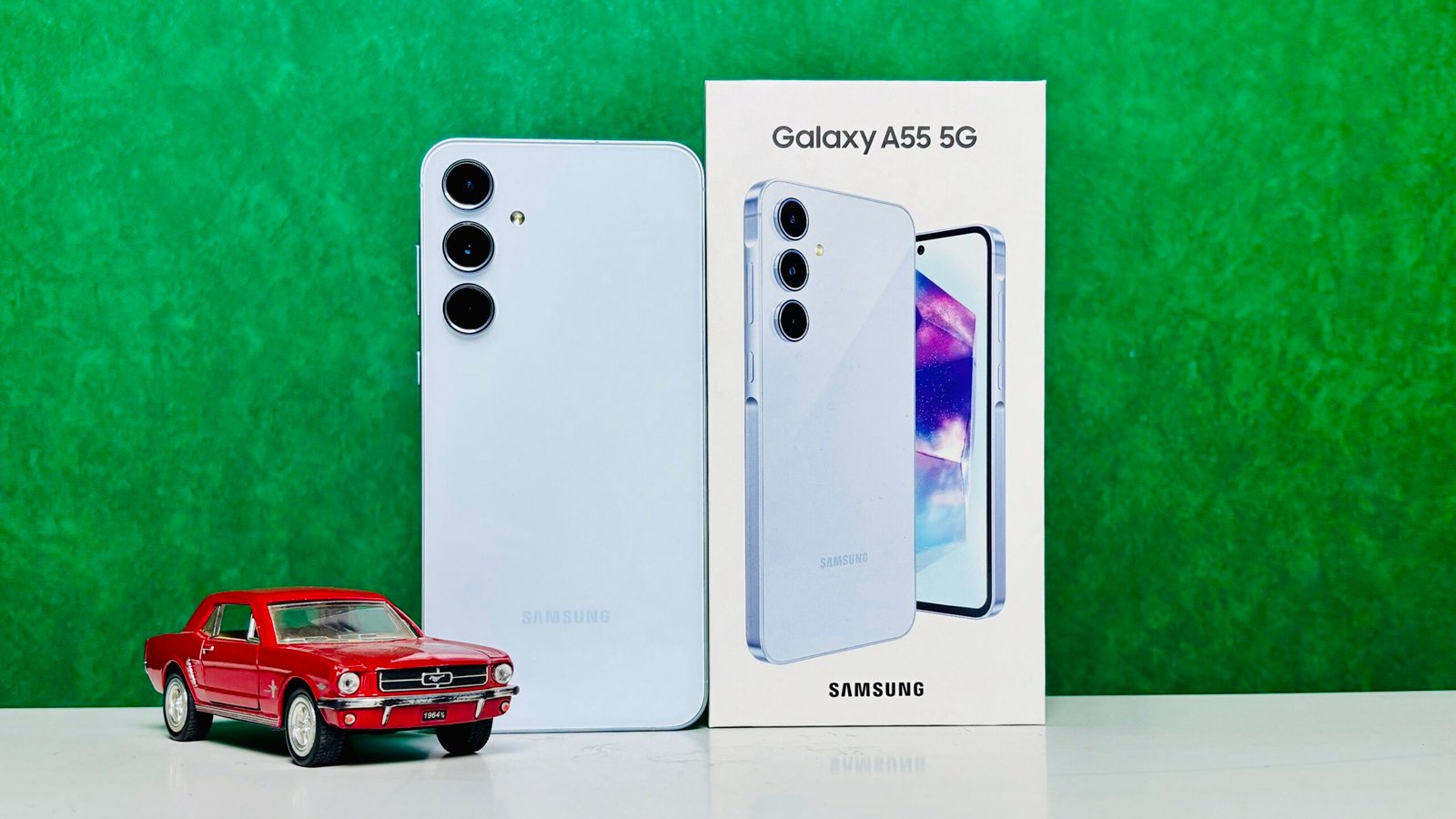
Add Comment